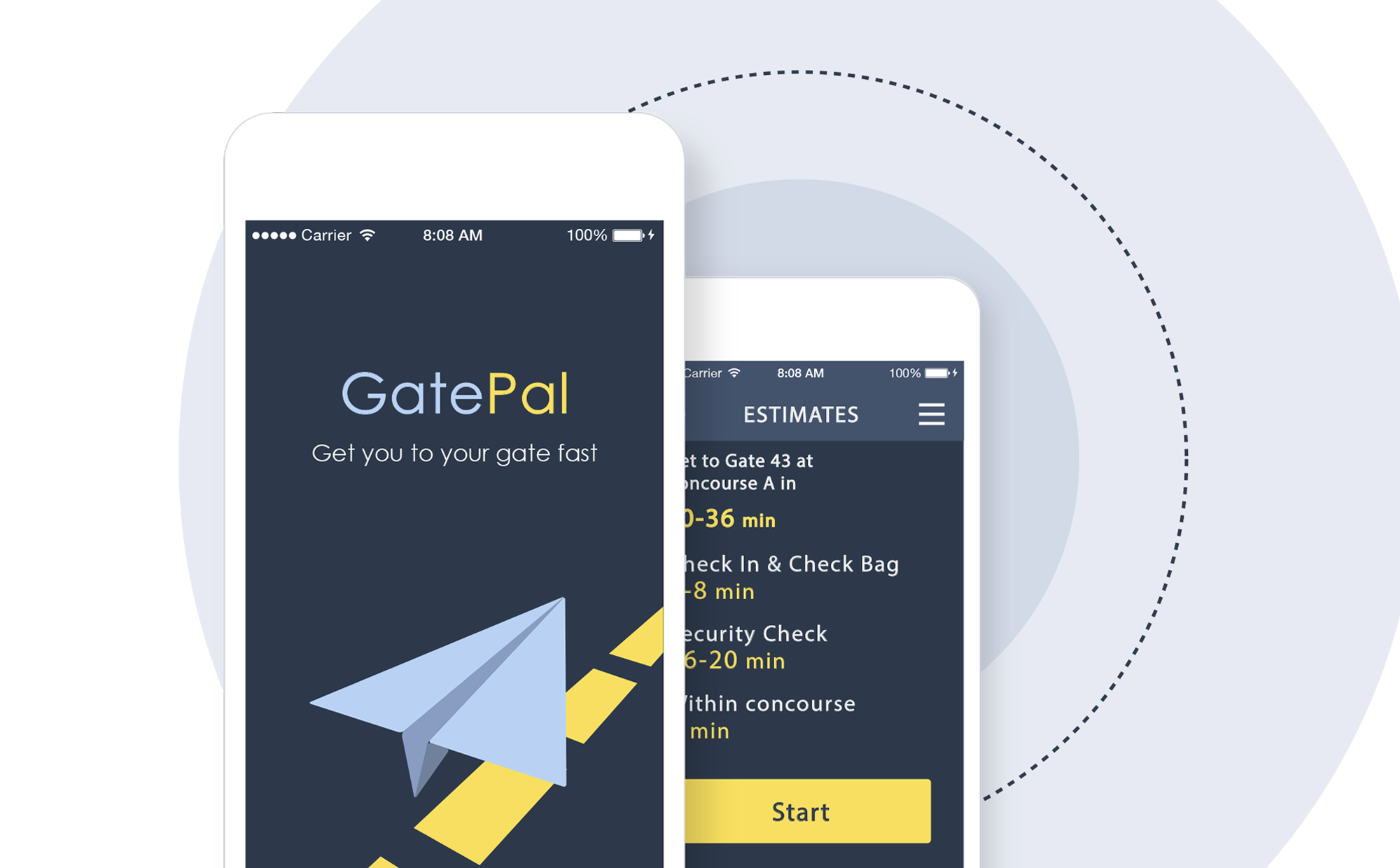

GatePal
Tags: Context Aware, Activity Planning, Indoor Navigation, Decision Making
Time: 2015 – Now
Team Members: Bhavishya Mittal
Advisor: Jon Sanford
Role: Research and Design Lead
What environmental information can be provided to travelers with different abilities so they could better decide where, how and when to go at airports?
Lacking of information provided about airport environments and route conditions makes it difficult for air travelers to plan indoor trips at airports and anticipate possible environmental barriers, which could lead to navigation difficulties. An application that provides real-time environmental information has been designed to facilitate trip planning at airports for travelers, especially those with functional limitations.
In this project, we conducted a set of studies to define and further understand the problem of airport navigation and developed a mobile application as the solution. The application will be tested to evaluate its usefulness and usability. The whole process is an illustration of research based design in which several research activities (R1, R2, R3, R4, R5) and design activities (D1, D2) were carried out.
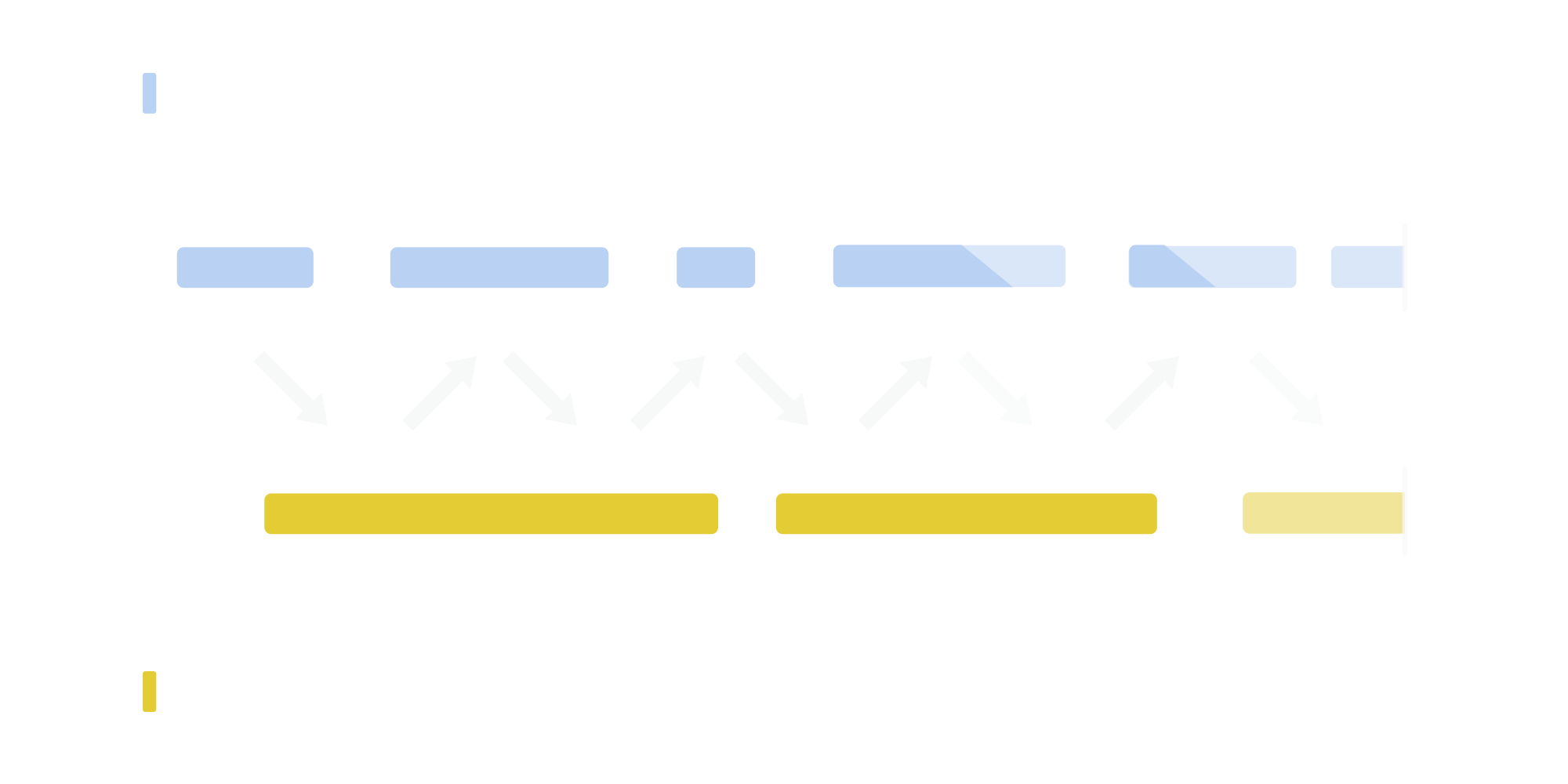
In order to understand the current situation of airport navigation, we conducted an observation study at Hartsfield-Jackson Atlanta International Airport to gain a broad perspective on the problem. The activities involved in the observation study include:
Key Findings
Design Implications
After the preliminary observation study, the problem space was narrowed down to the provision of relevant information for travelers to facilitate their navigation. The relevant information should not be limited to directional information. It should also include any information that would impact travelers’ navigation choices such as destination choices, transportation mode choices and route choices. To better understand what information is considered to be relevant when navigating to a destination, a contextual inquiry study was conducted. Travelers with disabilities and older travelers were included in the study since they are more likely to need additional information to be able to navigate.
The study was designed that the participants were required to call an unfamiliar pharmacy from home to gather information to get there. There were 7 participants with various disabilities and two older adults included in the study. The whole session for each study was videotaped and an interview regarding their use of navigation aids and experienced navigation difficulties were conducted afterwards. The questions they asked in the phone calls indicated the information they would need in order to get to the destination.
Key Findings
Design Implications
Airport navigation has its unique challenge that travelers are required to go to a set of destinations to finish the procedures so they could board the flight when departing or pick up their luggage when arriving. Although there are signage, maps and kiosks to facilitate their activity planning and navigation, it is difficult to effectively perceive those information, especially when under time pressure or affected by sensory limitations. In addition, time is a very important factor for activity/trip planning and navigation at airports. That information is usually not available or provided in an inefficient manner (i.e., a foam core-made sign showing the waiting time at the end of a line). The initial concept is about integrating time information into the streamlined navigation process. The mandatory destinations are included as decision points in which travelers will get information about their next segment of the trip (to their gate) and choose from different routes with different characteristics.
Task Analysis
In order to streamline the process of navigation at airports. We conducted a task analysis of the activities/destinations that are mandatory for departing travelers. We identified the time factor in each activity and how they contribute to the overall time it requires for one to go through the whole process in order to board.

System Architecture
The Bluetooth beacon technology is an effective indoor positioning technology. GatePal utilizes this technology to provide navigation related information at key decision points. Users could pull the real-time information from the system when they are at a decision point and the system could also push that information to users when they enter each decision point. The push notification will also be extremely useful for travelers with sensory limitations as it can be a cue for important decision points.
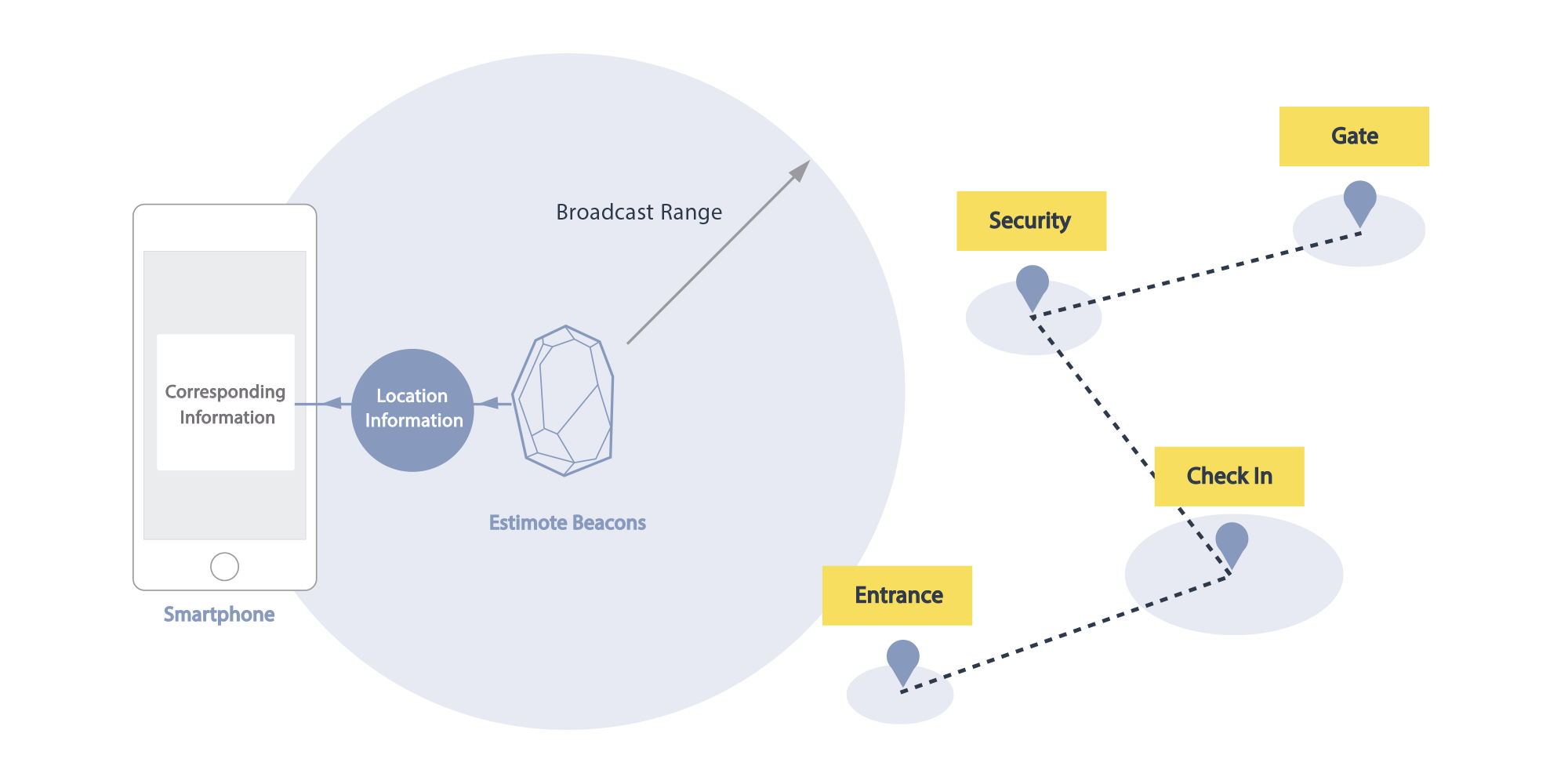
Interface Design
The design of Gatepal aims to streamline the process of navigation through different decision points. By using simple language and vertically linear layout, it communicates the information clearly. In GatePal 1.0, every information has been considered in relation to time. The time estimates of route options include both the time that is required for one to get from point A to point B and the time one has to wait in a line in order to participate in an activity (e.g. get checked in). Navigation has been connected to other activities to facilitate the overall planning and navigation.
Two route options are provided to users so they could choose between the two depending on their current situational factors such as the amount of time they have before boarding and the number of luggage they have. The hypothesis made here is that if travelers are in a hurry, they will choose the fast route even if the distance is longer; if travelers are with heavy carry-on bags or have difficulties walking, they may prefer a route that is shorter even though the waiting time in line is longer.


After GatePal 1.0 was developed as a proof of concept, more questions raised from the design. Will travelers value time and distance differently? Or are they even the information travelers care about? What more information would travelers need when navigating? With a goal to answer these questions, an interview study was conducted at Austin airport to investigate travelers’ opinions on time, distance and point of interest (POI) information. These are the three types of information that are commonly provided airports. There were 12 participants with various abilities enrolled in this study. They were asked to rate the importance level of the three types of information (i.e., time, distance and POI) for airport navigation. The definitions of the three types of information were made clear before the interview that time information refers to waiting time, and flight schedules; distance information refers to the distance from point A to point B; and POI information refers to the information about available amenities and services. After the ranking, there were debriefs asking for their reasons for the rankings. The results of the rankings and the interviews were recorded through notes.
Key Findings
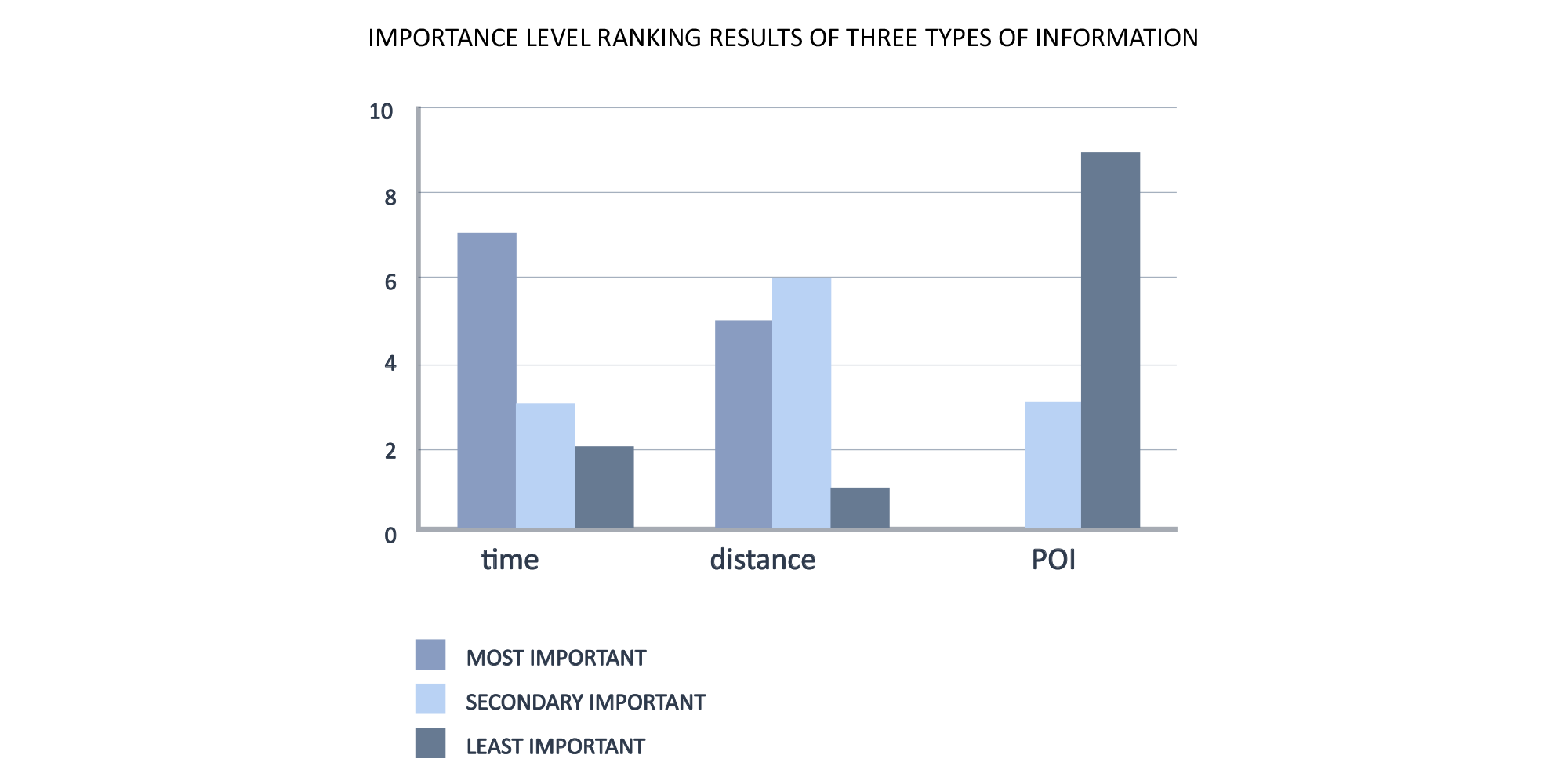
Design Implications
Based on the results of R3, several design refinements were carried out. After the design refinements, GatePal 2.0 were developed in iOS environment so the functionalities could be tested with users. There were also changes made because of the requirements of the development environment. Those changes introduced some interesting conflicts between usability and complying with the iOS Human Interface Guidelines.
Major Refinement 01 - Explore Mode
One major change of GatePal is to add the “Explore” mode to support exploratory navigation. If travelers have extra time to spend at airports, they could use the explore mode to discover services and amenities. Travelers could also use this mode to explore the environment before they come to the airport.
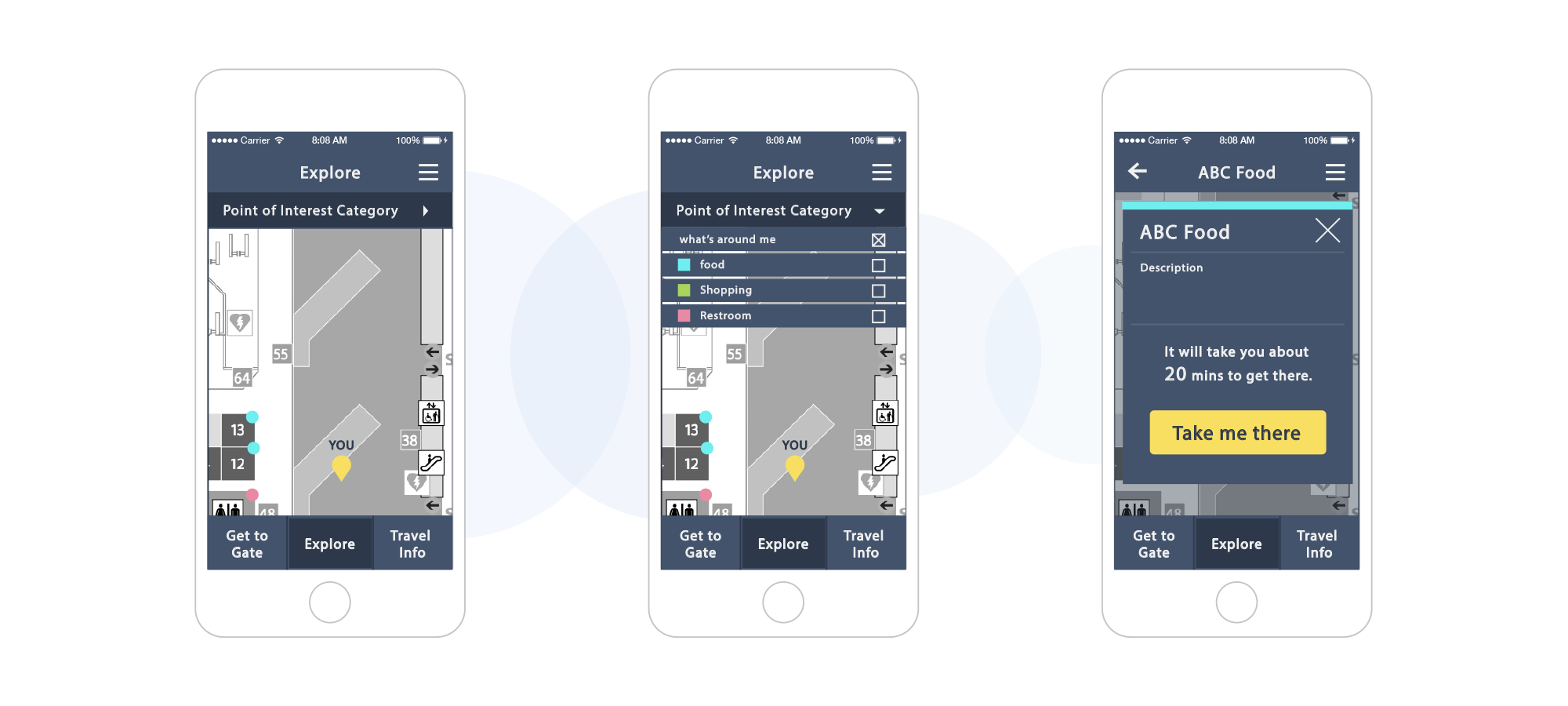
Major Refinement 02 - iOS Human Interface Guidelines Compliance
In order to be developed into an iOS application, there are changes which have to be made in order to function properly. The height of the top navigation bar and the bottom navigation tabs were reduced to comply with the HIG. The original height was selected on purpose to facilitate the accuracy. Complying with HIG does not necessarily make the design more usable. In this case, usability was traded off for the compliance. This is a big lesson to me that I understand the difficulties of the development. However, at the same time, I feel responsible as a designer and a researcher to be critical and push back the guidelines if they affect adversely the usability of a system.
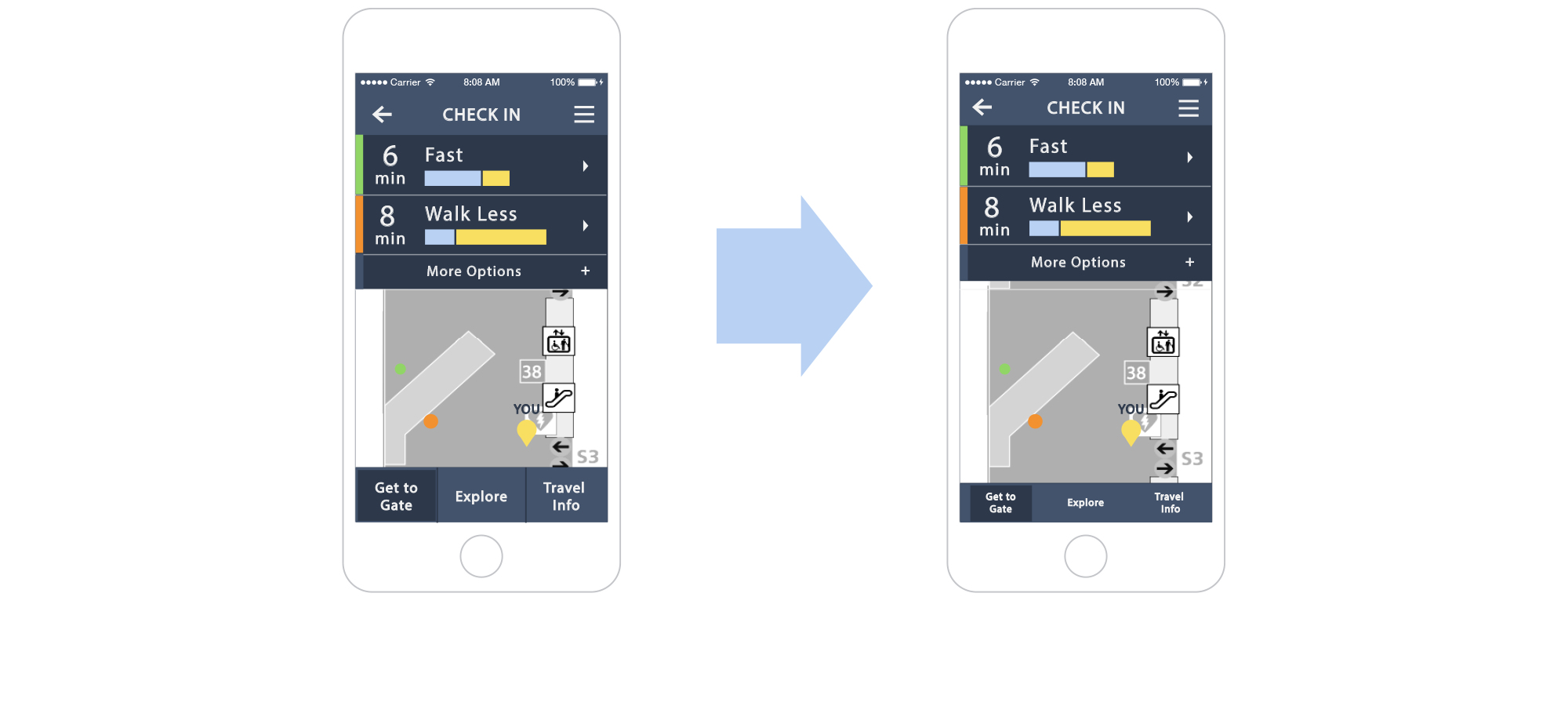
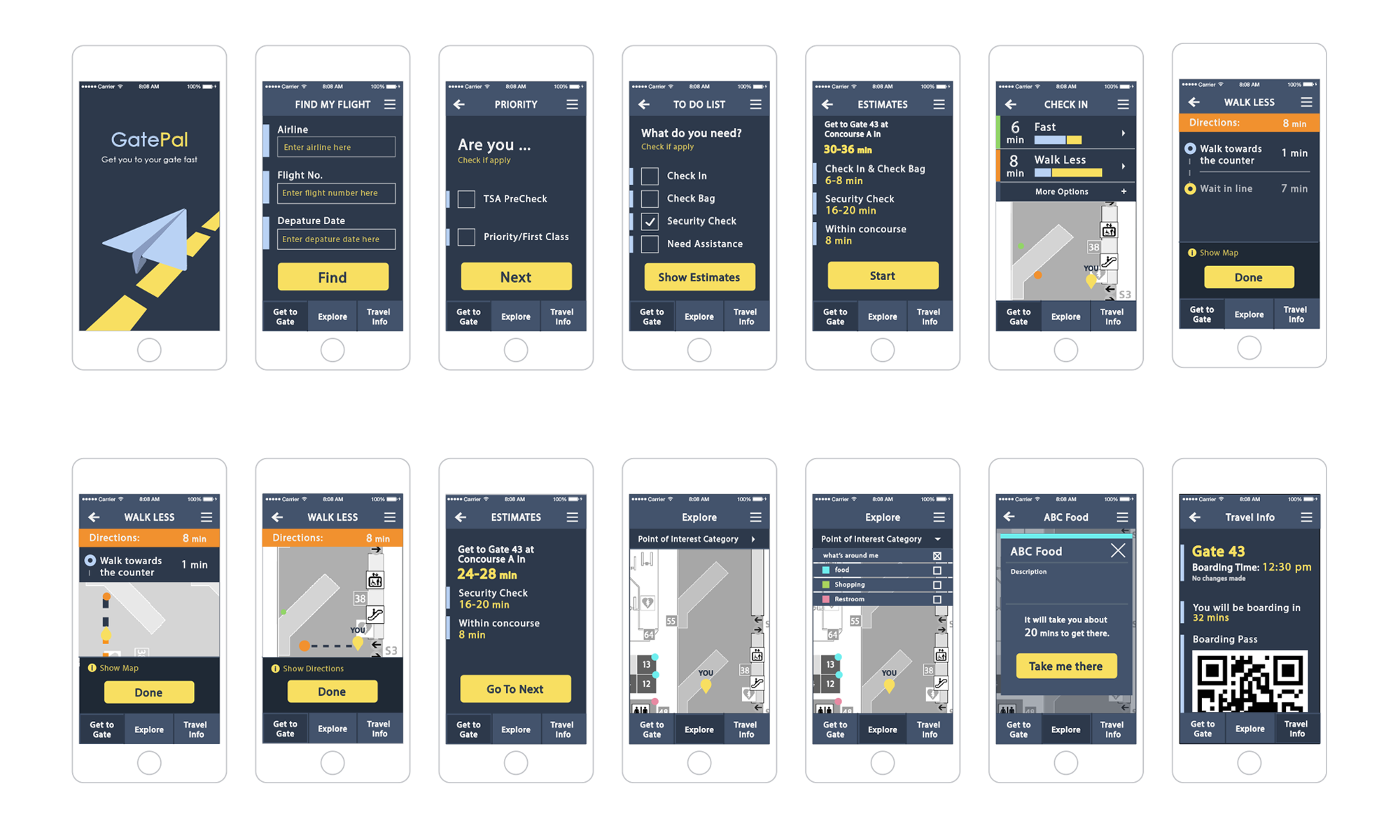
An online survey was developed to investigate the utility of different environmental information for travelers at airports. The result will be used to justify the decisions on the inclusion of information in the application. As previously discovered and discussed, navigation should be integrated with other activities to facilitate the overall navigation and use of airports. This survey is specifically focusing on the impact of different information on travelers’ planning of activities/destinations. Several hypotheses were made to be tested in the survey. These hypotheses include:
A user testing will be conducted at ATL to collect user feedback on the utility and usability of GatePal 2.0. We are currently waiting for the permission from ATL to be able to bring participants to the airport and conduct the study.
GatePal introduces a new way of looking at navigation. Navigation has been studied and facilitated discretely from the activities that people try to participate in at the destination of their navigation (i.e. end activities). The studies in this project suggested that navigation and the end activities are connected and people consider the factors of both navigation and end activity to decide whether, how and when they will take a trip. This is very similar to the utility theory in transportation planning. The end goal of this project is to develop an airport navigation guide that is useful and usable by people with various abilities. This application will also serve as a research instrument to study people’s navigation behaviors. A indoor human navigation behavior framework will be developed as a theoretical contribution to the academia.